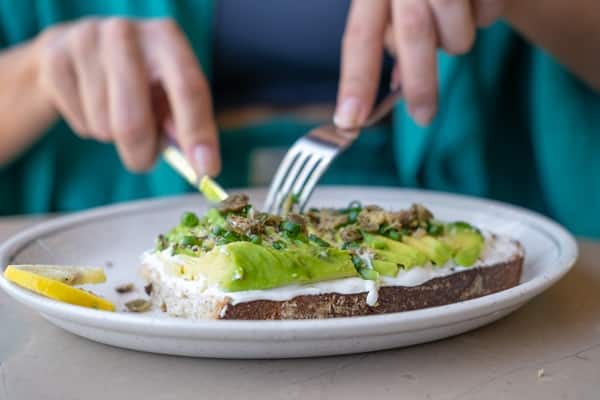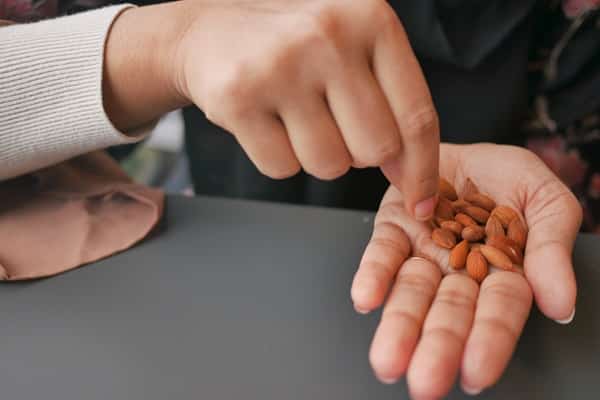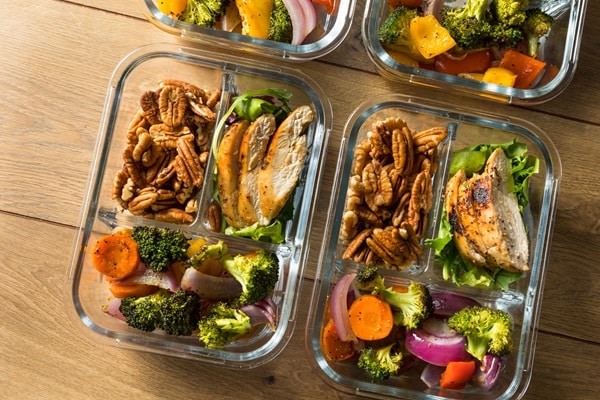Sugar, often considered the “sweet poison,” has infiltrated daily diets in ways that are both obvious and subtle. According to the American Heart Association, the average American consumes about 77 grams of sugar per day, far exceeding the recommended limit of 36 grams for men and 25 grams for women. This excess sugar intake is linked to a plethora of health issues, from obesity and diabetes to heart disease. But fear not; this article aims to arm you with simple, actionable tips and tricks to help you consume less sugar. By the end, you’ll have a roadmap for making healthier choices leading to a more balanced lifestyle. So, let’s embark on this journey to cut down on sugar, one step at a time.
Contents
Exploring Sugar And Its Hidden Sources

Sugar isn’t just the white granules you spoon into your coffee; it comes in various forms like fructose, glucose, and sucrose. Each type of sugar has its own characteristics and is used differently by the food industry. For instance, high-fructose corn syrup, commonly found in sodas and processed foods, has been linked to obesity and insulin resistance. Knowing the different types of sugar is the first step in understanding what to look out for.
Reading food labels might seem like a chore, but it’s essential for identifying hidden sources of sugar. Manufacturers often use different names for sugar, such as “corn syrup,” “dextrose,” or “evaporated cane juice,” to make the product appear healthier. Even foods that you wouldn’t expect to contain sugar, like bread and salad dressings, can be culprits. Therefore, making a habit of reading labels can be a game-changer in your quest to reduce sugar intake.
The Role Of Breakfast In Sugar Consumption

Breakfast is often hailed as the most important meal of the day, but it can also be a sugar trap. Common breakfast foods like cereals, pastries, and flavored yogurts are usually loaded with sugar. A bowl of cereal can contain as much as 20 grams of sugar, nearly reaching the daily limit for women. Opting for healthier alternatives can make a significant difference in your sugar consumption right from the start of your day.
If you’re looking for quick and easy low-sugar breakfast options, consider oatmeal topped with fresh fruits or whole-grain toast with avocado. These options not only provide essential nutrients but also keep you full for longer, reducing the temptation to reach for a sugary snack later. With a bit of planning, you can start your day on a healthier note, setting a positive tone for the meals that follow.
Rethinking Beverages

When it comes to sugar, drinks are often the biggest offenders. A single can of soda can contain up to 40 grams of sugar, exceeding the daily recommended limit for both men and women. Even fruit juices, which are often perceived as healthy, can be packed with sugar. It’s crucial to be mindful of what you’re sipping throughout the day.
Don’t be fooled by the “sugar-free” or “diet” labels on beverages, either. These often contain artificial sweeteners, which can also have negative health effects. Instead, opt for healthier choices like water, herbal teas, or homemade smoothies with fresh fruits and vegetables. By making a conscious effort to rethink your beverage choices, you can significantly reduce your daily sugar intake.
Snack Smarter, Not Harder

Snacking can either be a pitfall or an opportunity when it comes to sugar consumption. Popular snacks like chips, cookies, and candy bars are not only high in sugar but also lack nutritional value. Even seemingly healthy options like granola bars can be loaded with hidden sugars. Therefore, it’s essential to be discerning when it comes to snack choices.
Instead of reaching for pre-packaged snacks, consider healthier alternatives like a handful of nuts, fresh fruits, or vegetable sticks with hummus. These options are not only low in sugar but also provide essential nutrients and fiber, keeping you full for longer periods. Portion control is another key aspect; using small bowls or plates can help you manage your portions, making it easier to avoid overindulging in sugary snacks.
Revamping Lunch And Dinner Menus

Lunch and dinner can be minefields for sugar, especially if you often rely on fast food or pre-packaged meals. These options usually contain high levels of sugar, salt, and unhealthy fats. Even seemingly innocent items like sauces and dressings can be loaded with sugar. For example, a serving of barbecue sauce can contain up to 14 grams of sugar. Therefore, being mindful of what goes into your main meals is crucial for reducing sugar intake.
Cooking at home offers the advantage of controlling what goes into your food. You can easily substitute high-sugar ingredients with healthier options. For instance, use natural herbs and spices for flavor instead of relying on sugary sauces. If you’re short on time, meal planning can be a lifesaver. Prepare a week’s worth of low-sugar meals during the weekend so you’re not tempted to opt for unhealthy, high-sugar options during the week.
Grocery Shopping Habits

Grocery shopping is more than just a chore; it’s an opportunity to make healthier choices that align with your goal of consuming less sugar. One effective strategy is the “perimeter rule,” which involves shopping mainly along the perimeter of the grocery store where fresh produce, meats, and dairy are usually located. These items are generally lower in sugar compared to processed foods found in the inner aisles.
Creating a grocery list before heading to the store can also help you stay on track. Stick to the list and avoid impulse buys, especially in the snack and soda aisles. While bulk buying can be cost-effective, be cautious when it comes to items that contain sugar. Buying sugary snacks in bulk might offer short-term savings, but the long-term health costs could be significant.

Dining out doesn’t have to derail your efforts to reduce sugar intake. Many restaurants now offer nutritional information either on the menu or upon request, making it easier to make informed choices. Opt for dishes that are grilled, steamed, or baked, and be cautious of sauces and dressings, which can be high in sugar. If the menu doesn’t provide enough information, don’t hesitate to ask the staff for recommendations or modifications to your meal.
Social events can also pose a unique challenge, especially when you’re surrounded by sugary temptations. One strategy is to eat a healthy, low-sugar meal before attending the event to reduce cravings. If that’s not possible, try to stick to healthier options available, like fruits or vegetable platters. It’s also okay to politely decline when offered sugary foods; most people will understand if you simply say you’re trying to eat healthier.
Take Steps To Reduce Your Sugar Intake!
Reducing sugar intake might seem like a daunting task, but it’s more manageable than you might think. By making small, incremental changes in various aspects of your daily life—from what you eat for breakfast to how you shop for groceries—you can significantly cut down on sugar. The benefits are well worth the effort, from improved physical health to better mental well-being. So why not take up the challenge? Try incorporating one or two of these tips into your routine this week and experience the positive changes for yourself.


